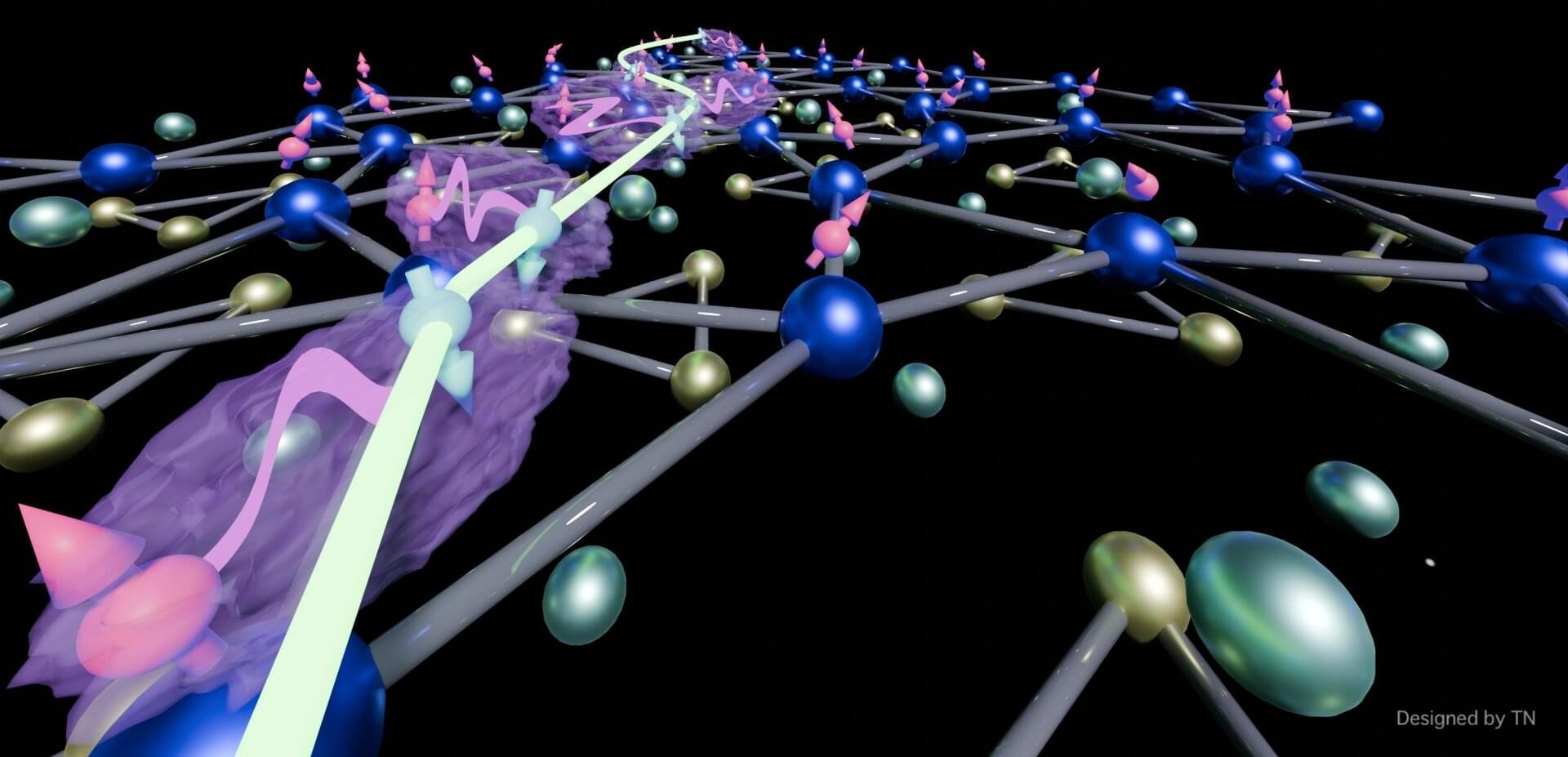A joint research team from Japan has observed “heavy fermions,” electrons with dramatically enhanced mass, exhibiting quantum entanglement governed by the Planckian time—the fundamental unit of time in quantum mechanics. This discovery opens up exciting possibilities for harnessing this phenomenon in solid-state materials to develop a new type of quantum computer. The findings are published in npj Quantum Materials.
Heavy fermions arise when conduction electrons in a solid interact strongly with localized magnetic electrons, effectively increasing their mass. This phenomenon leads to unusual properties like unconventional superconductivity and is a central theme in condensed matter physics. Cerium-rhodium-tin (CeRhSn), the material studied in this research, belongs to a class of heavy fermion systems with a quasi-kagome lattice structure, known for its geometrical frustration effects.
Researchers investigated the electronic state of CeRhSn, known for exhibiting non-Fermi liquid behavior at relatively high temperatures. Precise measurements of CeRhSn’s reflectance spectra revealed non-Fermi liquid behavior persisting up to near room temperature, with heavy electron lifetimes approaching the Planckian limit. The observed spectral behavior, describable by a single function, strongly indicates that heavy electrons in CeRhSn are quantum entangled.
